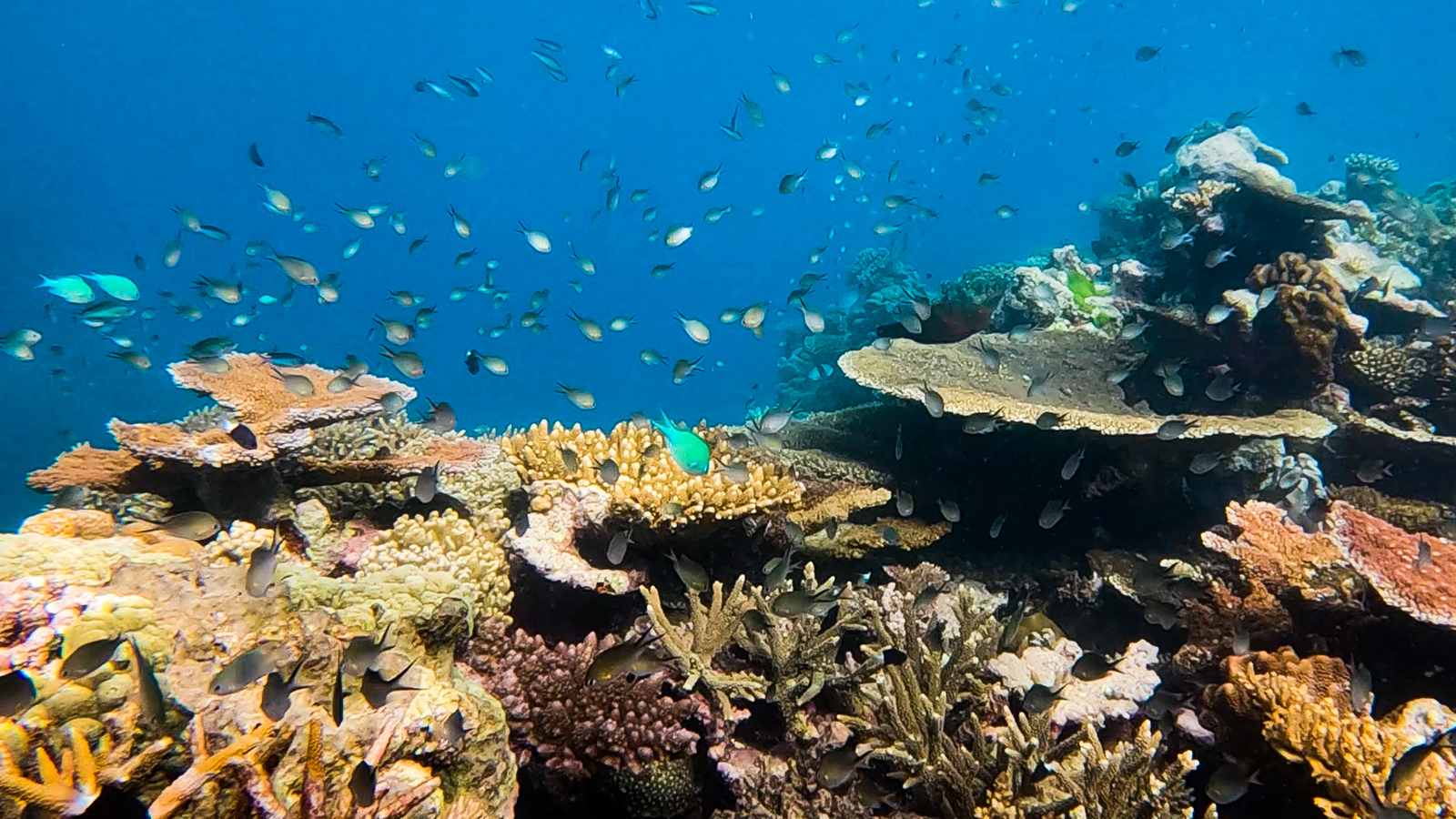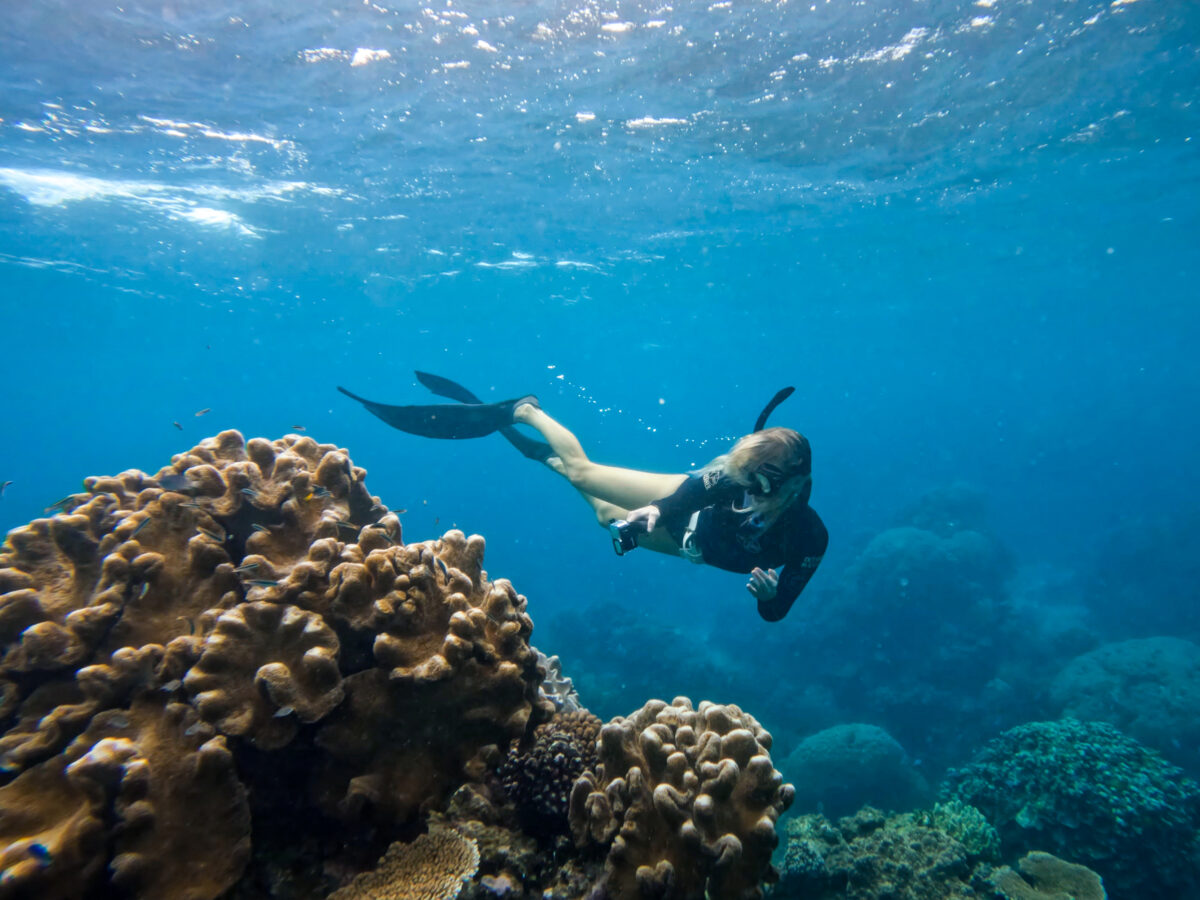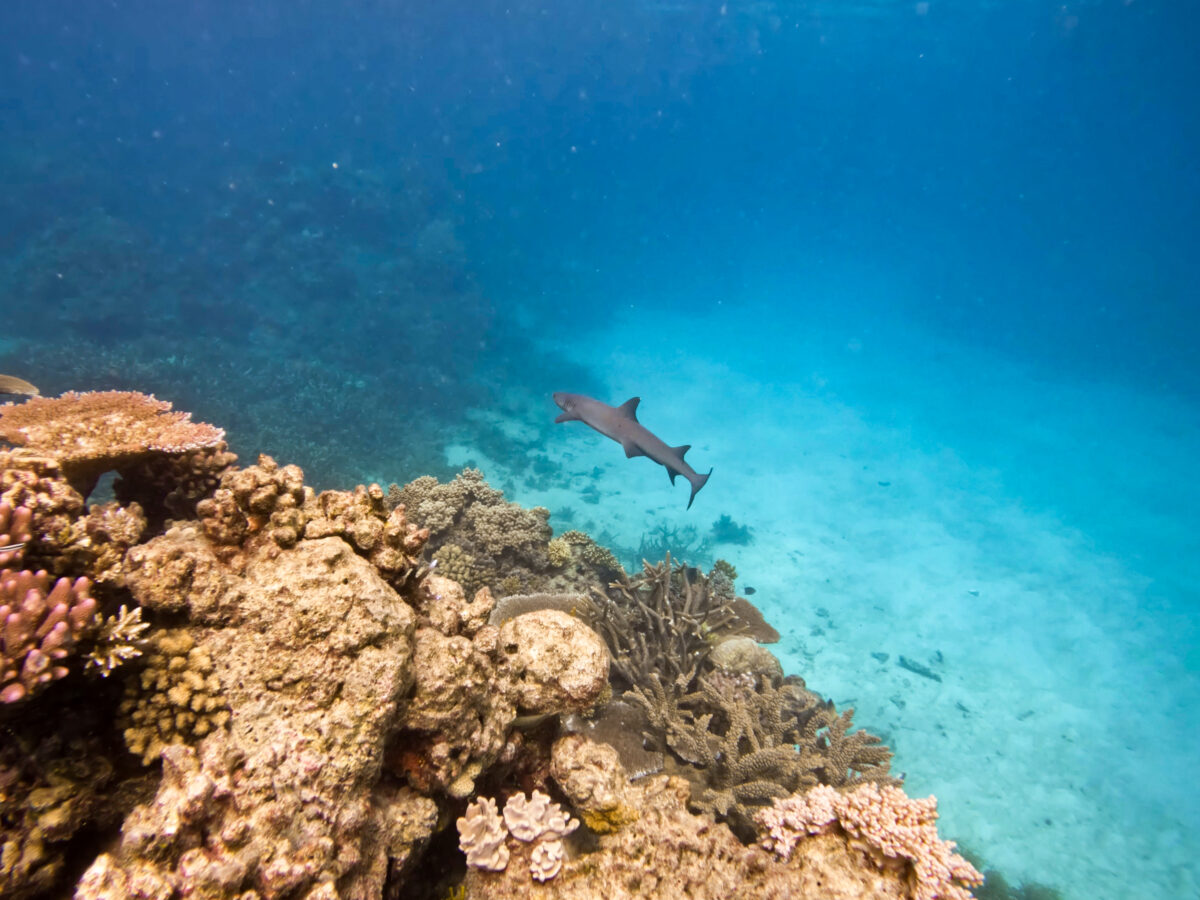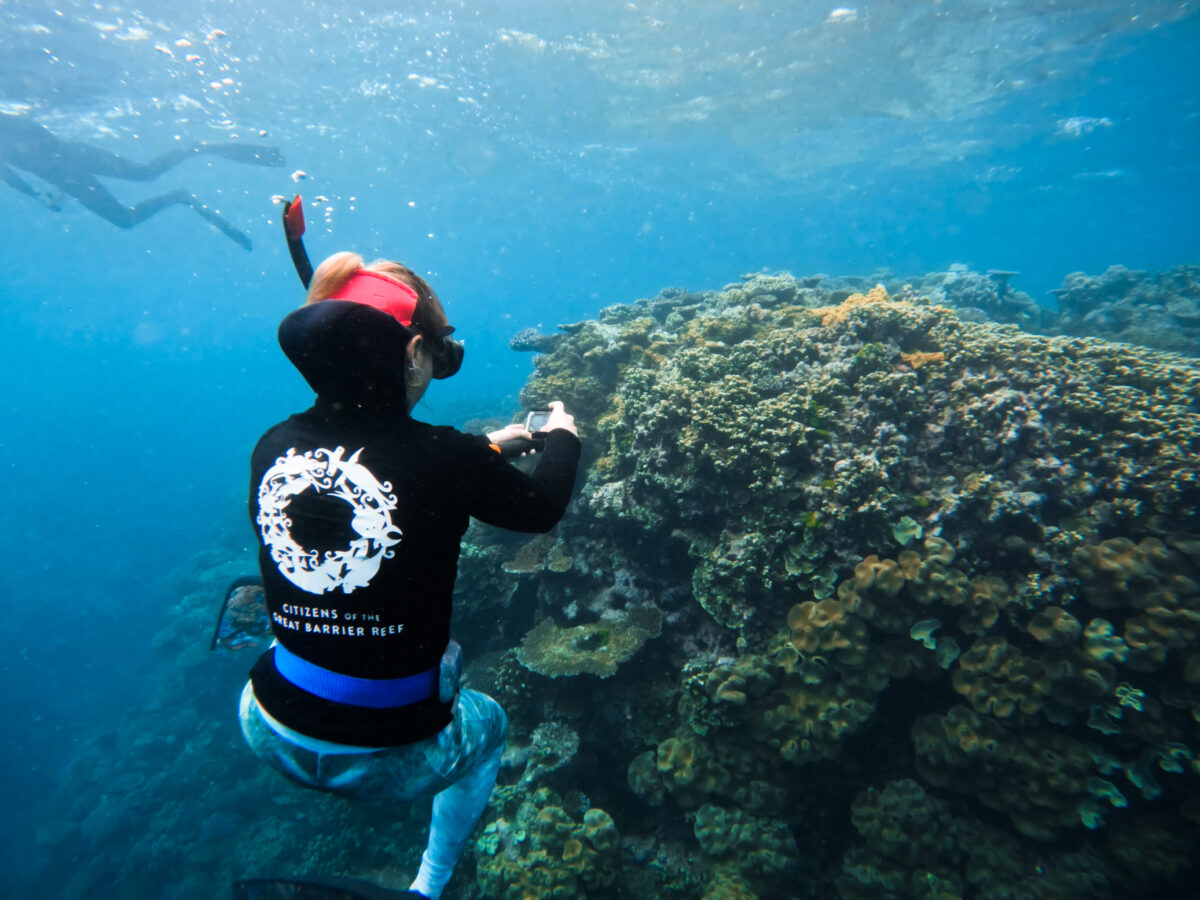
It’s almost criminal that I’m an Australian who adores travelling but went twenty-six years without ever going to one of Australia’s biggest tourist attractions: The Great Barrier Reef. Luckily, I got the opportunity to visit it for the first time just three weeks ago.
Now, I’m sure you’ve heard that the Great Barrier Reef is not in great shape ever since 2016 when severe bleaching occurred because of record ocean temperatures. According to The Guardian, a whopping ninety-one per cent of the Great Barrier Reef has been affected by coral bleaching this year.
If mass bleaching like this continues, the coral won’t be able to recover and will most likely die. However, there is a silver lining.
When I went to visit the Great Barrier Reef, thanks to GoPro, I was introduced to a fantastic Cairns-based charity, Citizens of the Great Barrier Reef (shortened to Citizens), which is determined to save the Great Barrier Reef. Andy Ridley, the CEO of Citizens, told me that he got involved with Citizens because when he heard of the mass bleaching that occurred in 2016, he couldn’t bear the thought of the Great Barrier Reef being dead.

“The bleaching that happened in 2016, I wasn’t in Australia at the time, I was in Amsterdam and that story went ‘round the world, and I love this place and some friends of mine were working on a project, this project… And I came to Australia to get it going.
The story that went around the world in 2016 was that the [Great Barrier] Reef had died. That was what was appearing on social [media] and in the press in Amsterdam. [I thought] surely that can’t be true. It wasn’t but [the bleaching] was pretty bad.”
Andy Ridley, CEO of Citizens
Andy then revealed that Citizens have launched an important conservation initiative, The Great Reef Census. This census aims to collect sufficient data that can help scientists advance conservation outcomes for the Great Barrier Reef.

This is achieved by Citizens going out into various areas of the reef and taking multiple images of the coral using GoPros and then analysing the images. And this is where you can actually help the Great Barrier Reef yourself; as anyone can sign up to become a ‘Citizen’.
Andy says, “If you’re a competent swimmer and you’re anywhere near the [Great Barrier] Reef, and you can get on a boat, you can go out and take images for us of the Great Barrier Reef… The big challenge is [we’re] asking everyday citizens to get in the water and take images, so [they’ll] need a robust, easy to use, easy to upload [device] and so, GoPros are perfect for that.”
Plus, I highly recommend going to the Great Barrier as – despite all the damage from bleaching – it’s breathtaking. And abundant in sealife; I saw colourful fish, translucent squids, a baby shark (do do, do do do do) and a graceful turtle.

However, I do acknowledge that not everyone can get to the Great Barrier Reef easily but if you’re still wanting to help it from dying, you can – as Citizens also need people to help analyse the images.
“If you’re somewhere on the other side of the planet and you’ve got a laptop, and you’ve got a bit of time, you can help us analyse images that have come back from the reef.”
Andy Ridley, CEO of Citizens
It’s nice to know that not all hope is lost for the Great Barrier Reef as after seeing it with my own eyes, I can truly understand why it’s one of the seven wonders of the world, and it’d be a damn shame for it to die.
Read Next- Analyst Calls For Australians To Be Banned From Bali
- I Tried Sydney’s Hidden Italian Village & It Was Bellissimo
The post I Visited The Great Barrier Reef Before It Died – And You Should Too appeared first on DMARGE.
0 Commentaires